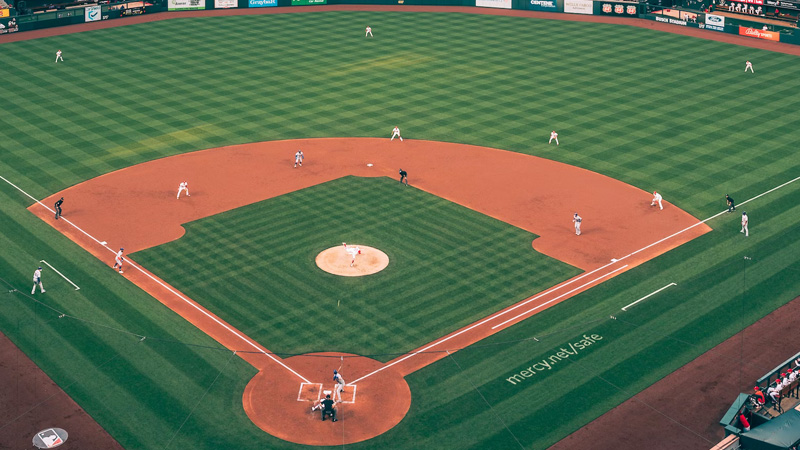The distance between bases in baseball is a defining characteristic of the sport, shaping the dynamics of gameplay, strategy, and close plays. Established at 90 feet, this measurement has been the standard in professional baseball leagues for well over a century.
The history behind the adoption of the 90-foot distance reflects a careful balancing act between offensive and defensive advantages, ensuring a level playing field for all teams. While the 90-foot distance may seem arbitrary, it has proven to be perfectly set for the exciting and dramatic moments that unfold on the diamond.
This article explores the rationale behind the 90-foot distance, delves into its unique considerations, examines its evolution over time, and highlights its impact on the game.
Let’s explore the facts properly.
Historical Background of Base Distances in Baseball
The historical background of base distances in baseball traces back to the early origins of the game in the 18th and 19th centuries. Different versions of bat-and-ball games existed during this time, each with varying base distances.
However, the New York Knickerbocker Base Ball Club in the mid-19th century played a pivotal role in establishing standardized rules, including a 90-foot base distance. This measurement was adopted by other baseball clubs and eventually became the official standard.
Over the years, there have been debates, controversies, and variations in base distances, but the 90-foot measurement remains the widely accepted standard in modern baseball.
The Measurements of the Base Distances
The measurements of base distances in baseball are an essential aspect of the game. The bases on a baseball diamond include home plate, first base, second base, and third base. While the commonly known measurement is 90 feet, let’s delve into the specific measurements for each base:
1. Home Plate
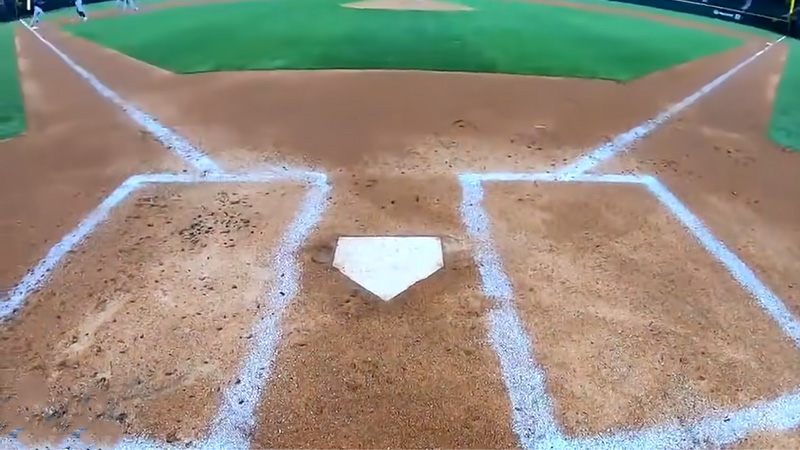
The home plate is a 17-inch square, typically made of rubber or another durable material.
The apex at the back of the home plate serves as the starting point for measuring the distances to other bases.
2. First Base
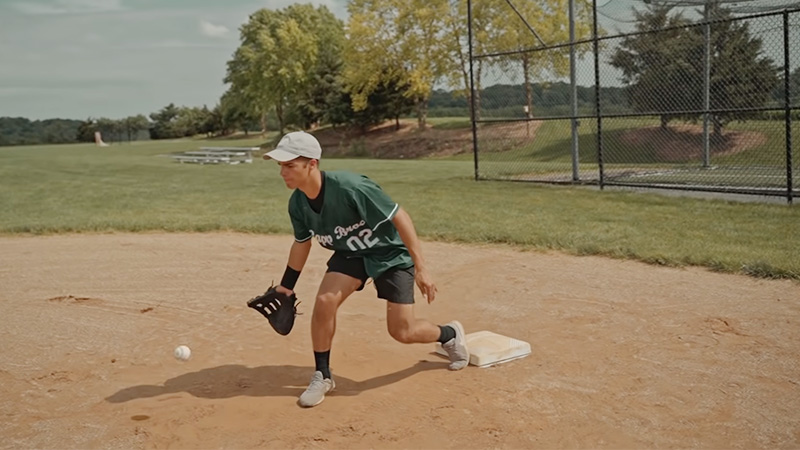
The first base is also a 17-inch square, positioned on the right side of the field from the perspective of a right-handed batter.
The distance from the apex at the back of the home plate to the far outside corner of the first base is approximately 90 feet.
3. Second Base

The second base is a 15-inch square, located in the center of the field, between the first and third base.
The distance from the apex at the back of the home plate to the center of the second base is 127 feet and 3 3/8 inches.
4. Third Base
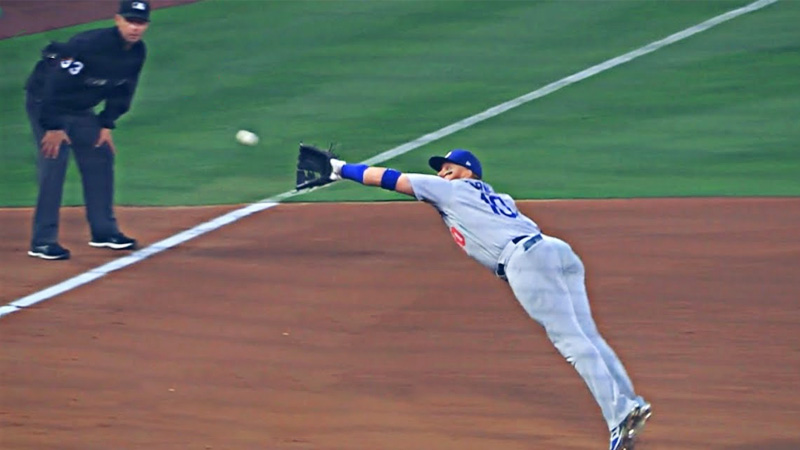
Like the first base, the third base is a 17-inch square, but it is positioned on the left side of the field from the perspective of a right-handed batter.
The distance from the apex at the back of the home plate to the far outside corner of the third base is approximately 90 feet, mirroring the distance to the first base.
These measurements ensure proper field layout and create the dimensions for defensive strategies, base running, and the overall dynamics of the game. Understanding these specific measurements is crucial for players, coaches, and officials to ensure fair play and strategic gameplay on the baseball field.
Rationale Behind the Distance of Bases in Baseball
The distance of bases in baseball, particularly the widely accepted measurement of 90 feet, is not arbitrary but rather the result of careful consideration and historical evolution.
The rationale behind these base distances is grounded in several factors:
Playability
The base distances are designed to strike a balance between making the game challenging and allowing for strategic gameplay.
A longer distance between bases would result in slower base running times and potentially decrease the excitement of stolen base attempts. Conversely, shorter distances would make it easier for fielders to make plays and increase the difficulty for baserunners.
Safety
The base distances are also intended to ensure player safety. A proper distance between bases allows players to maneuver around the diamond without colliding with fielders or other baserunners. It provides enough space for runners to slide into bases and avoid potential injuries.
Tradition and Standardization
The base distances in baseball have evolved over time and have been influenced by historical precedent and standardization efforts.
The New York Knickerbocker Base Ball Club, one of the earliest organized baseball clubs, played a significant role in establishing the 90-foot measurement in the mid-19th century. This measurement gained widespread acceptance and became the standard in the sport.
Consistency and Comparability
Having standardized base distances ensures consistency across different baseball fields and leagues. It allows players, coaches, and officials to adapt quickly when playing in different venues.
Moreover, it enables accurate statistical comparisons between players and teams, facilitating fair competition and assessment of performance.
Tradition and Aesthetics
The 90-foot base distances have become deeply ingrained in the tradition and aesthetics of baseball.
They have become an integral part of the game’s history, lore, and strategic elements. Altering these distances significantly would fundamentally change the nature of the sport.
Different League Distances Between Bases in Baseball
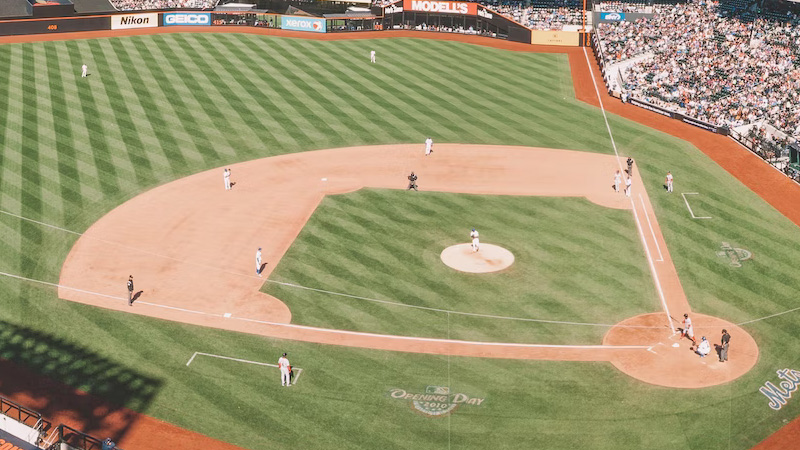
The distances between bases in baseball can vary across different leagues and levels of play. While the commonly known measurement is 90 feet for professional baseball, there are variations in base distances in other leagues.
Here are some examples:
Major League Baseball (MLB)
In Major League Baseball (MLB), the base distances are consistent and standardized. Each base is positioned 90 feet apart from the adjacent base, including the distance from home plate to first base, first base to second base, second base to third base, and third base back to home plate. This uniformity ensures fair and consistent gameplay across MLB teams.
Little League Baseball
In Little League Baseball, which is primarily played by children, the base distances are scaled down to accommodate the smaller size and abilities of the players.
The standard base distances in Little League are 60 feet between home plate and first base, and 60 feet between first base and third base. The distance from home plate to second base is 84 feet and 10 ¼ inches.
High School Baseball
In high school baseball, the base distances typically align with the standard measurements used in professional baseball. This means a distance of 90 feet between each base.
College Baseball
College baseball follows the same base distances as professional baseball, with 90 feet between each base.
International Baseball
Base distances in international baseball can vary depending on the governing body and tournament regulations. However, many international competitions, including the Olympics, adopt the 90-foot base distances used in professional baseball.
Softball
Softball, a closely related sport to baseball, has different base distances. In fastpitch softball, the distance between bases is 60 feet. In slowpitch softball, the distance can vary, but it is often 65 feet.
Why Professional Baseball Settled for 90-feet Distance?
Professional baseball settled for a 90-foot distance between bases due to a combination of historical precedent and practical considerations.
When the rules of baseball were being established in the mid-19th century, the Knickerbockers, one of the influential early baseball clubs, determined that 90 feet struck a balance between offensive and defensive advantages.
A distance shorter than 90 feet would have provided too much advantage to the offense, making it easier for runners to advance and steal bases.
On the other hand, a distance longer than 90 feet would have favored the defense, giving them more time to make plays and potentially making it more challenging for runners to advance.
The 90-foot distance was seen as a fair compromise, creating a level playing field that allowed for exciting close plays, strategic decision-making, and a balanced competition between offense and defense.
This decision has withstood the test of time and has remained the standard distance in professional baseball leagues, contributing to the integrity and excitement of the game.
Evolution of Base Distances in Professional Baseball Leagues
| Year | Base Distances (in feet) |
| 1848 | 42 (1st and 3rd bases) |
| 1857 | 90 (1st, 2nd, and 3rd bases) |
| 1877 | 90 (Standardized for all professional leagues) |
| 2023 | 90 (Continues to be the standard) |
FAQs
Why is the distance between bases in baseball set at 90 feet?
The 90-foot distance between bases in baseball was determined to strike a balance between offensive and defensive advantages. It provides a fair equilibrium, allowing for close plays, strategic decision-making, and maintaining a level playing field between offense and defense.
Was there any consideration given to changing the base distances in professional baseball?
While there have been discussions and debates about potential changes to various aspects of baseball, including base distances, the 90-foot distance has remained the standard in professional baseball leagues. The historical significance, tradition, and overall balance provided by this distance have been factors in its continuity.
Are there any other sports that use the same base distance as baseball?
No, the 90-foot base distance is unique to baseball. Other sports such as softball and rounders may have different base distances, reflecting the variations in the rules and gameplay of each sport.
How do field dimensions affect the gameplay with the fixed base distance?
Field dimensions, including outfield dimensions, can influence gameplay strategies in baseball. Shorter outfield dimensions can lead to more home runs, while larger outfields may require hitters to adjust their approach. However, the fixed base distance of 90 feet remains consistent regardless of field dimensions.
Have advancements in player speed and strength influenced the effectiveness of the 90-foot distance?
Advancements in player speed and strength have certainly impacted the game of baseball. While players today may cover the 90-foot distance more quickly than in the past, the 90-foot base distance has remained unchanged. The balance and challenges presented by this distance continue to test the skills and strategies of both runners and fielders.
Conclusion
The 90-foot distance between bases in professional baseball has stood the test of time for well over a century. This measurement, established through historical perspectives and a desire for balanced competition, has become a fundamental aspect of the game.
Despite advancements in player strength and speed, field dimensions, and the ever-evolving nature of sports, the 90-foot base distance has remained unchanged.
It continues to provide a level playing field for both offense and defense, enabling close plays, strategic decision-making, and exciting gameplay.
The preservation of this standard distance showcases the deep-rooted traditions and the enduring appeal of baseball. As fans, players, and enthusiasts, we can appreciate the significance of the 90-foot distance in maintaining the integrity and excitement of the sport we love.
Hopefully, you’ve got the point. Thank you for reading this article.

